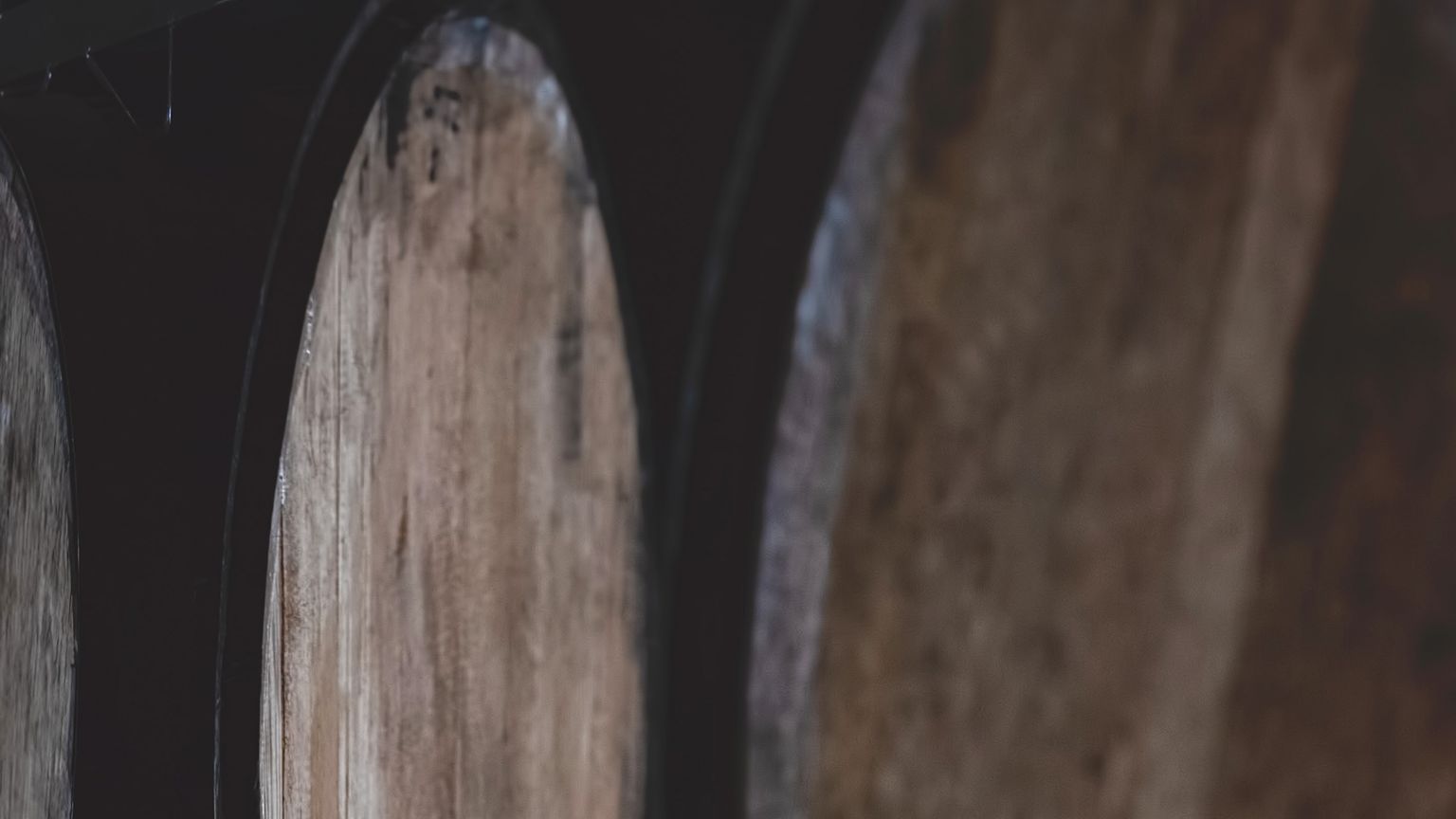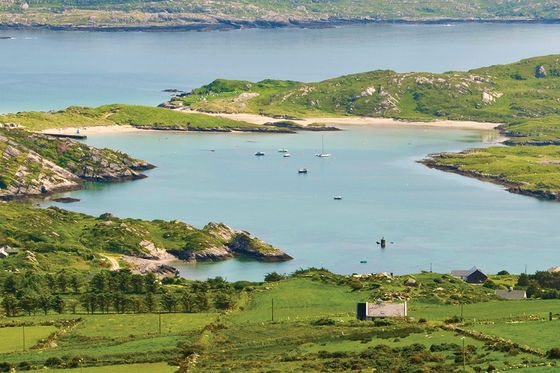The evolution of Hawaiian cuisine
Hawaiian cuisine is unlike any other in the world—it’s like tasting your way through the state’s history.
Hawaiian cuisine is unlike any other in the world. It’s a fusion of the foods that Native Hawaiians have been eating since ancient times and the diverse influence brought by shifting island populations over the course of centuries—from the first Polynesian settlers in the fourth century to the modern-day influence of the mainland U.S. On our Hawaii: Oahu, the Big Island & Maui tour, eating local foods is like tasting your way through the state’s history. Read on for our guide to the dishes that best tell the islands’ stories.

From Polynesia
Early seafarers brought many important plants to the islands, including taro, yams, sweet potatoes, coconuts and sugarcane.
Dish to try: Poi
This Hawaiian staple is made by mashing cooked taro root and adding water to achieve a viscous consistency. Freshly made poi is sweet, while fermented poi has a sour taste and is popularly enjoyed with a bit of sugar.
Where to try it: Poi by the Pound 430 Kele St, Kahului (on Maui)
From Asia
As the islands’ plantations flourished throughout the nineteenth century, available work attracted farm laborers from all over the world, especially from nearby Asia. These workers brought the familiar flavors and culinary customs of their homelands, like dim sum from China and bulgogi from Korea.
Dish to try: Plate lunch
Thought to be inspired by the Japanese art of bento, these overfull plates are all about takeaway convenience for busy farmworkers in need of a nourishing meal. While variations abound, a standard plate lunch is made up of an entrée complemented by two scoops of white rice and one scoop of macaroni salad. The entrée is typically a meat dish with sauce, such as Japanese teriyaki beef, Chinese-style char siu pork or Korean kalbi.
Where to try it: Pono Market 4-1300 Kuhio Hwy, Kapaa (on Kauai)
From the mainland
While pineapples were first grown on the island by a Spanish botanist in 1813, American James “the Pineapple King” Dole kicked production into overdrive in 1922 when he purchased the entire island of Lanai for fruit growing. American servicemen brought Spam from the mainland, and the canned meat gained in popularity during the Second World War when fishing was restricted—a cultish popularity that has not waned in the years since.
Dish to try: Fresh pineapple
While recipes like Hawaiian pineapple chicken and pineapple upside down cake are loved on both on the islands and the mainland, don’t miss your chance to sample the sweet, fresh pineapple when you’re close to the source.
Where to try it: Hula Grill 2335 Kalakaua Ave, Suite 203, Honolulu (on Oahu)
What local dish would you most like to try on your trip to Hawaii? Tell us on Facebook!



































































































